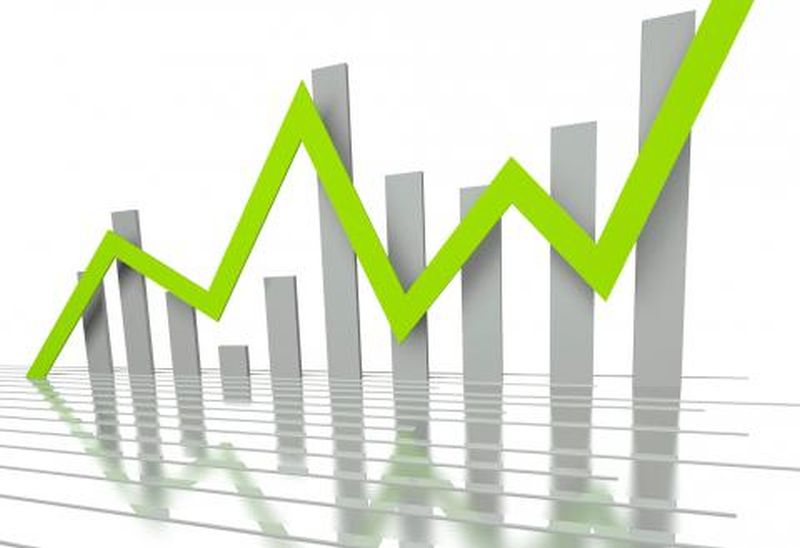Dividend Yield vs. High Total Return: What’s the Difference?
Because a high yield doesn’t always mean high rewards.
If you’ve ever searched for dividend stocks online, you’ve probably seen this:
“Top 10 High-Yield Stocks for Passive Income!”
Sounds great, right?
But here’s the catch—a high dividend yield doesn’t always lead to better total returns. In fact, chasing yield alone can sometimes hurt your portfolio more than help it.
Let’s break down the difference between dividend yield and total return, and how to balance both in your investing strategy.
First, What Is Dividend Yield?
Dividend yield =
Annual dividend ÷ Current stock price
For example:
- Stock price: $50
- Annual dividend: $2
- Yield = 2 / 50 = 4%
It’s a simple formula. But it only tells part of the story.
What Is Total Return?
Total return = Price appreciation + Dividends received
So if your stock goes from $50 to $60 in a year, and pays a $2 dividend:
- You gained $10 in price
- You earned $2 in dividends
- Total return = $12 → 24% return
That’s what really matters:
* How much your money grows overall, not just from dividends.
Why High Yield Can Be a Red Flag
Some stocks yield 8%, 10%, even 12%. But ask yourself: Why?
In many cases, it’s because the stock price has fallen sharply—maybe for a reason. Poor earnings, too much debt, or even a dividend at risk of being cut.
* Remember:
“If it looks too good to be true… it probably is.”
Quality Over Quantity
A 3% dividend from a strong, growing company can often outperform an unstable 9% payer.
Why? Because:
– It’s more likely to grow over time
– It’s less likely to be cut
– It may come with better stock price performance
Steady, reliable income beats flashy but fragile every time.
The Best of Both Worlds
Great dividend investors look for:
- Moderate yield (2%–5%)
- Consistent dividend growth
- Strong fundamentals
- Potential for long-term price appreciation
This is where you start to see total return really compound—with income and growth working together.
Quick Comparison
| Feature | High Yield Only | High Total Return Focus |
|---|---|---|
| Income Today | ✅ Often high | ✅ Moderate but steady |
| Dividend Safety | ❌ Often risky | ✅ Generally safer |
| Long-Term Growth | ❌ Can be limited | ✅ Built into the strategy |
| Stock Price Risk | ⚠️ Higher volatility | ✅ Often lower volatility |
| Ideal For | Income-seekers (short-term) | Long-term wealth builders |
Final Thoughts
Yield matters—but it’s not the whole picture.
Smart investors don’t just ask:
* “How much am I earning in dividends?”
They also ask:
* “How is my total investment growing?”
By focusing on quality companies, balanced yield, and long-term total return, you set yourself up not just for income—but for real wealth creation.




